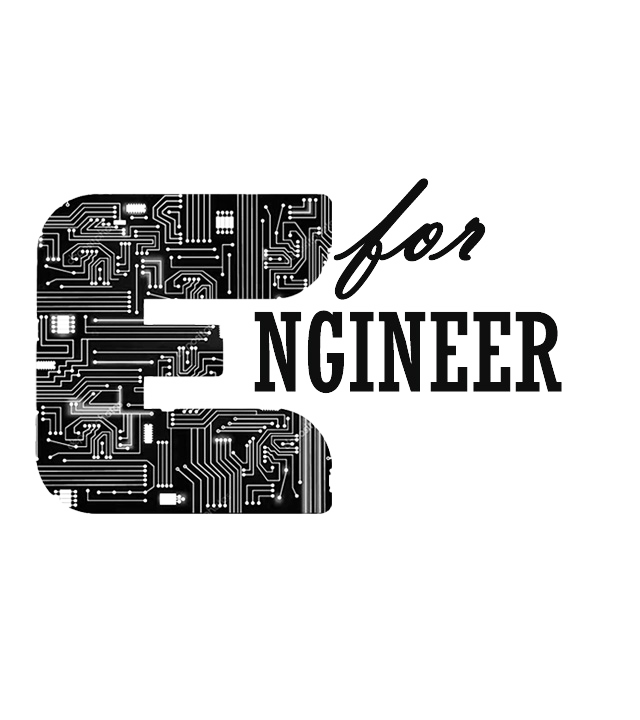General introduction to Electronics:
In this fast developing society, electronics has come to stay as the most important branch of engineering. Electronic devices are being used in almost all the industries for quality control and automation and they are fast replacing the present vast army of workers engaged in processing and assembling in the factories. Great strides taken in the industrial applications of electronics during the recent years have demonstrated that this versatile tool can be of great importance in increasing production, efficiency and control.
The rapid growth of electronic technology offers a formidable challenge to the beginner, who may be almost paralysed by the the mass of details. However, the mastery of fundamentals can the learning process to a great extent. The purpose of this electronicsforengineer tutorial is to present the elementary knowledge in order to enable the readers to follow the future electronics concepts.
Electonics is the branch of engineering which deals with current conduction through a vaccum or gas or semiconductor is known as electronics.

Current conduction through semiconductor
Electronics essentially deals with electronic devices and their utilisation. An electronic device is that in which current flows through a vacuum or gas or semiconductor. Such devices have valuable properties which enable them to function and behave as the friend of man today.
Importance: Electronics has gained much importance due to its numerous application in industry. The electronic devices are capable of performing the following functions:
(i) Rectification: The conversion of a.c into d.c is called rectification. Electronic devices can convert a.c power into d.c power (see Fig. 1.1) with very high efficiency. This dc supply can be used for charging storage batteries, field supply of d.c generator, electroplating etc.
(ii) Amplification: The process of raising the strength of a weak signal is known as amplification. Electronic devices can accomplish the job of amplification and thus act as amplifiers (See Fig. 1.2). The amplifiers are used in a wide variety of ways. For example, an amplifier is used in a radio set where the weak signal is amplified so that it can be heard loudly. Similarly, amplifiers are used in public address system, television etc.
(iii) Control: Electronic devices find wide applications in automatic control. For example, speed of a motor, voltage across a refrigerator etc, can be automatically controlled with the help of such devices.
(iv) Generation: Electronic devices can convert d.c power into a.c power of any frequency (See Fig. 1.3). When performing this function, they are known as oscillators. The oscillators are used in a wide variety of ways. For example, electronic high frequency heating is used for annealing and hardening.
(V)Conversion of light into electricity: Electronic devices can convert light into electricity. This conversion of light into electricity is known as photo-electricity. Photo-electric devices are used in Burglar alarms, sound recording on motion pictures etc.
(VI)Conversion of electricity into light: Electronic devices can convert electricity into light.This valuable property is utilised in television and radar.
















